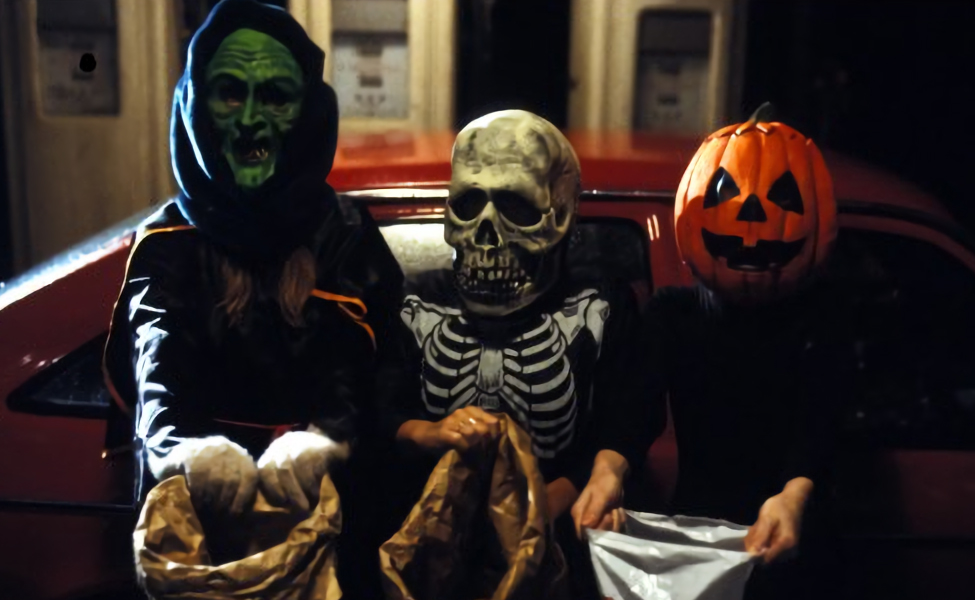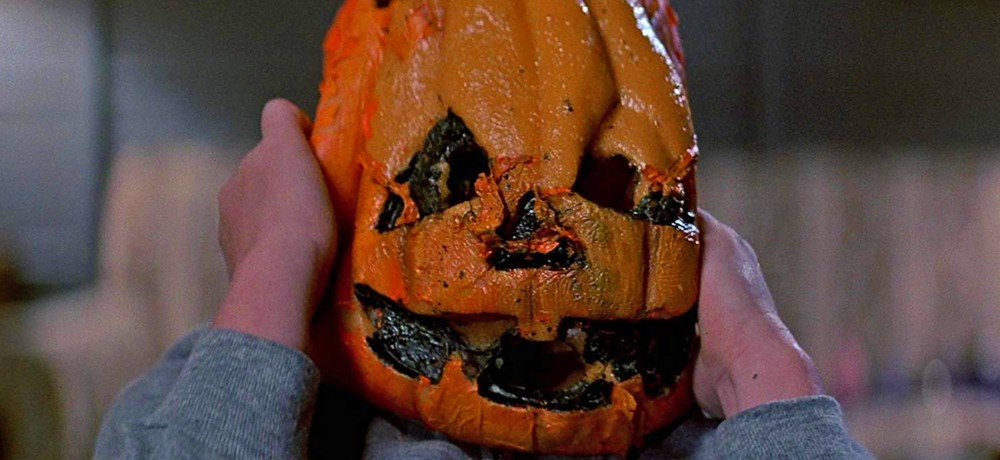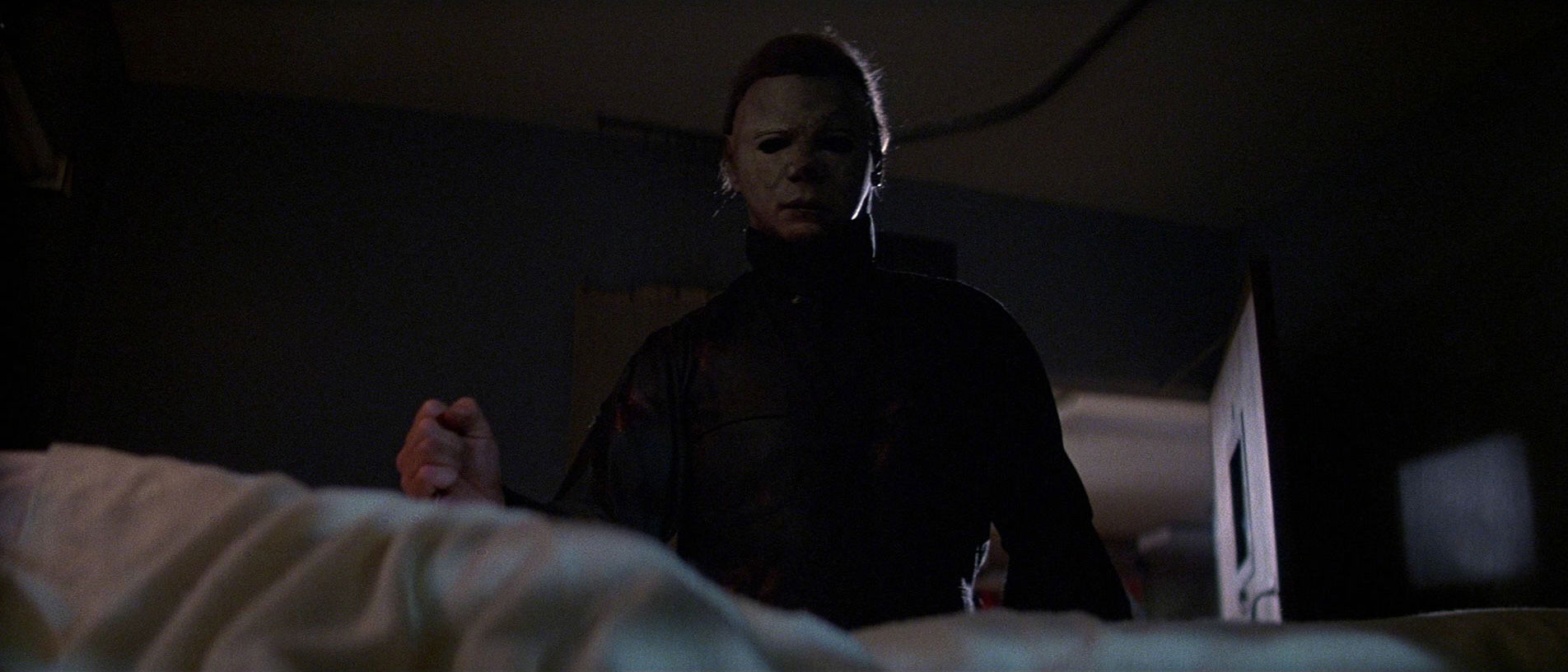
A fire lit in 1960 by Alfred Hitchcock’s Psycho and Michael Powell’s Peeping Tom, the flames of the slasher film subgenre were fanned in 1974 by Bob Clark’s Black Christmas, and then most assuredly whipped into a firestorm in 1978 by John Carpenter’s seminal and immensely profitable Halloween. And if imitation is the sincerest form of flattery, director Carpenter and his leading lady Jamie Lee Curtis may have indeed been gratified to witness the deluge of films released upon its heels which hoped to achieve similar success.
1979’s When a Stranger Calls, Tourist Trap, Driller Killer and the unrelated ‘confusion’ marketed The Day After Halloween (among others) were the first to take a stab at the box office, all with middling success, while 1980 saw the release of the first (and well received) Friday the 13th film, as well as a few dozen others, including Maniac, Christmas Evil, Terror Train and Prom Night, the latter two featuring Curtis herself. But it wasn’t until 1981 when the actress, who by that time had been crowned the ‘Scream Queen’ of the genre, would return to the role of Laurie Strode which she’d originated in Carpenter’s classic.
Released on October 30th, 1981, director Rick Rosenthal’s Halloween II picked up from where its predecessor left off, and documented more of ‘The Night He Came Home,’ as the film’s antagonist Michael Myers continued to stalk heroine Strode from the streets of Haddonfield into the town’s hospital, and audiences reacted with wild enthusiasm. The flick’s domestic box office take was $25.5 million from a $2.5 million budget.
And while film critics Gene Siskell and Roger Ebert may have heralded the original Halloween as a film of “artistry and craftsmanship,” while later vilifying the slasher genre as a whole with a seemingly incessant smear campaign, calling them “Movies that hate women” (see a portion of the pair’s September 1980 episode of their weekly PBS show Sneak Previews for more below), other critics’ responses to Rosenthal’s follow-up were overwhelmingly positive.
In fact, The New York Times film reviewer Janet Maslin called Halloween II a, “Class act.”
Read on.
—
HALLOWEEN II FOR FRIGHT FANS

ALL those long, dark corridors. And all those empty – or are they empty? – rooms. Not to mention all those wicked-looking medical instruments. Halloween II is set in a hospital at night, on the precise night when the original Halloween left off. The bodies are being counted. The killer is still at large. And the heroine, Laurie Strode (Jamie Lee Curtis), has been whisked off for medical treatment at the local hospital, where she is given a sedative and put to bed. And left in her room. All alone.
Will the killer follow Laurie to the emergency ward and pick off nurse after nurse until he gets to her? Will the nurses wander off one at a time and play right into his hands? Will the killer think of new and ingenious ways to dispense with them? The answer to these questions is probably also the answer to ”Will there be a Halloween III?”
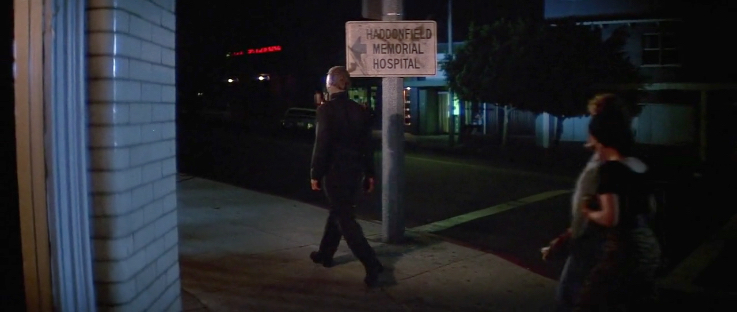
Actually, Halloween II is good enough to deserve a sequel of its own. By the standards of most recent horror films, this – like its predecessor – is a class act. There’s some variety to the crimes, as there is to the characters, and an audience is likely to do more screaming at suspenseful moments than at scary ones. The gore, while very explicit and gruesome, won’t make you feel as if you’re watching major surgery. The direction and camera work are quite competent, and the actors don’t look like amateurs. That may not sound like much to ask of a horror film, but it’s more than many of them offer. And Halloween II, in addition to all this, has a quick pace and something like a sense of style.

John Carpenter, who directed the first film, is co-writer and co-producer (with Debra Hill) this time, and composed the repetitive, nerve-jangling music with Alan Howarth. He has assigned the directing chores to Rick Rosenthal, who follows ably in Mr. Carpenter’s footsteps. Mr. Rosenthal’s methods are sometimes familiar but almost always reliable. When a yellow light summoning nurses goes off at the hospital, Mr. Rosenthal makes the accompanying sound so loud and startling you’ll think there’s a Canada goose honking in your ear – a cheap trick, but an effective one. On the debit side, Mr. Rosenthal is capable of showing not one but three closeups of a hypodermic needle entering flesh when one of his characters is due for some harmless injections.
The timing of the killer’s surprise appearances has a dependable regularity. Halloween II is suspenseful enough, incidentally, not to rely too heavily on the killer’s sneaking up on his victims out of nowhere. Sometimes he just appears in the corner of the frame and stays there for a while, toying with the audience before moving in upon his prey.
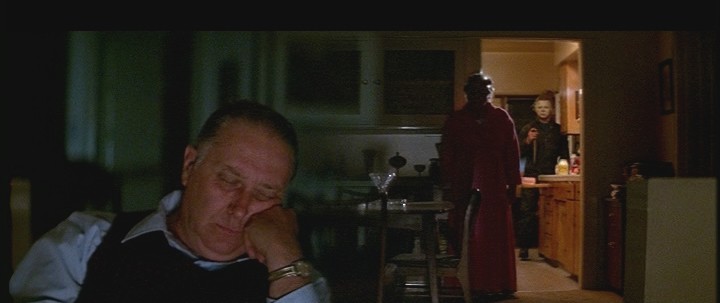
Halloween II, which opens today at the Cinerama II and other theaters, is something of an audience participation movie, if the shrieks and giggles of one preview audience are any indication. In addition to the shouts of ”Get outta there!” that accompany each nurse’s efforts to find out what was making that funny noise in that spare room, the movie prompts Laurie Strode’s well-wishers to scream in excitement once Laurie wakes up and starts running. By this time the killer has developed some supernatural powers, which suggest that a Halloween III may be a lot more far fetched than its predecessors.
But don’t worry about Laurie: if there’s a next film, she’ll probably be around to see it through. The same may not be true of Donald Pleasence’s Dr. Loomis, who is caught up in this film’s fiery crescendo, which is by no means the worst thing that happens to him. The worst thing is his being forced to say ”We’re all afraid of the dark inside of ourselves,” in one of the film’s mercifully brief efforts to explain the killer, his horrid habits and his troubled mind.
Siskell and Ebert’s Sneak Previews, September 1980
Halloween II Trailer
